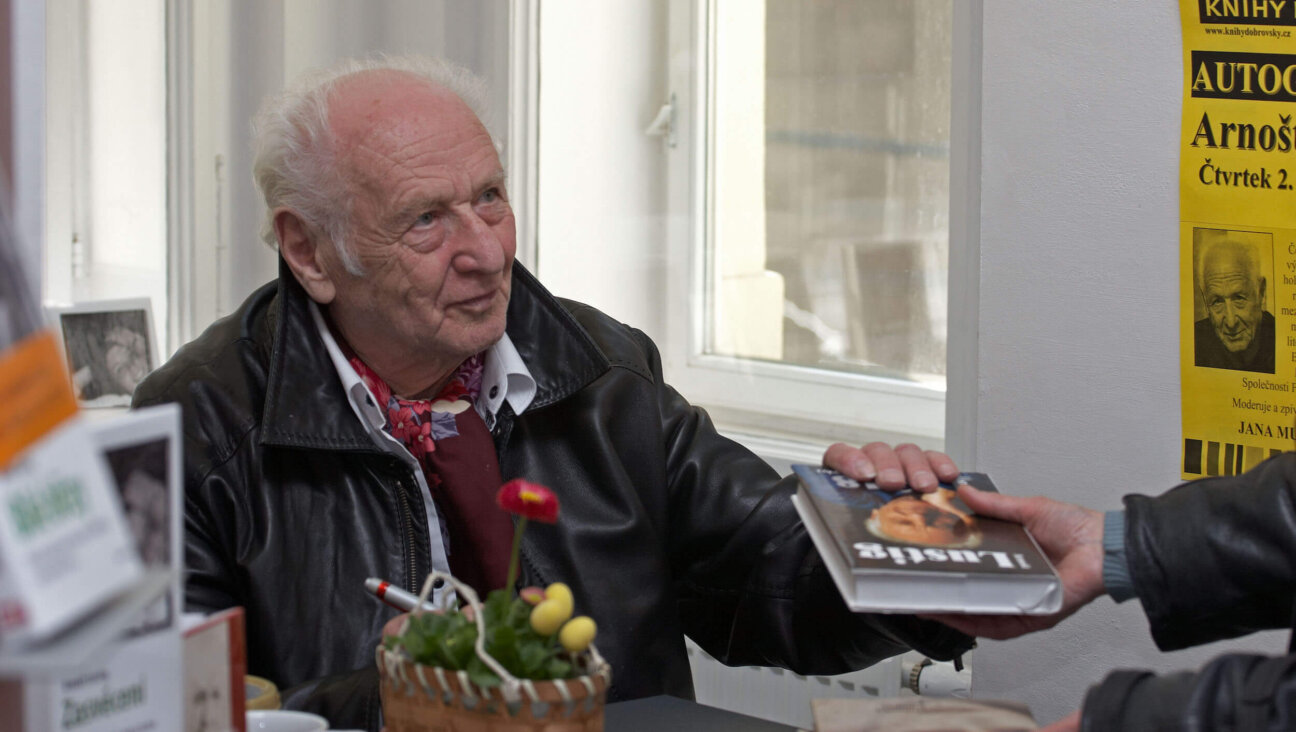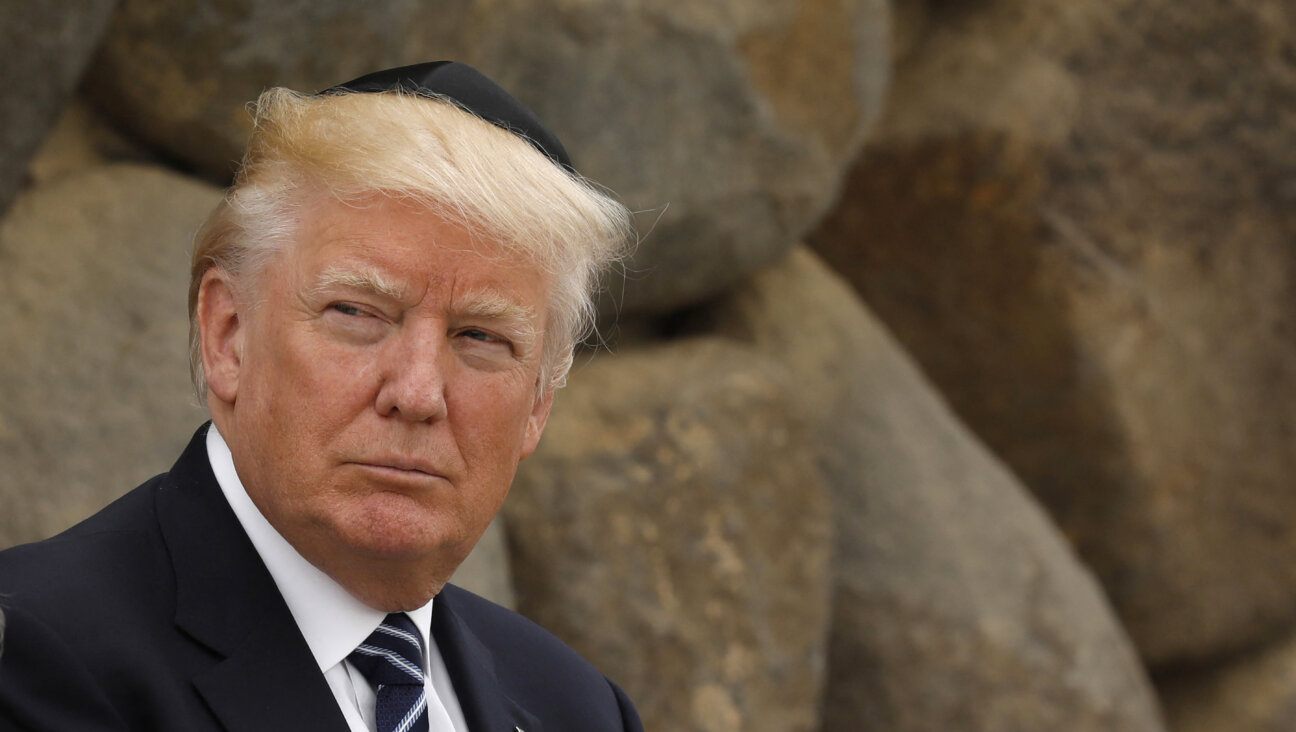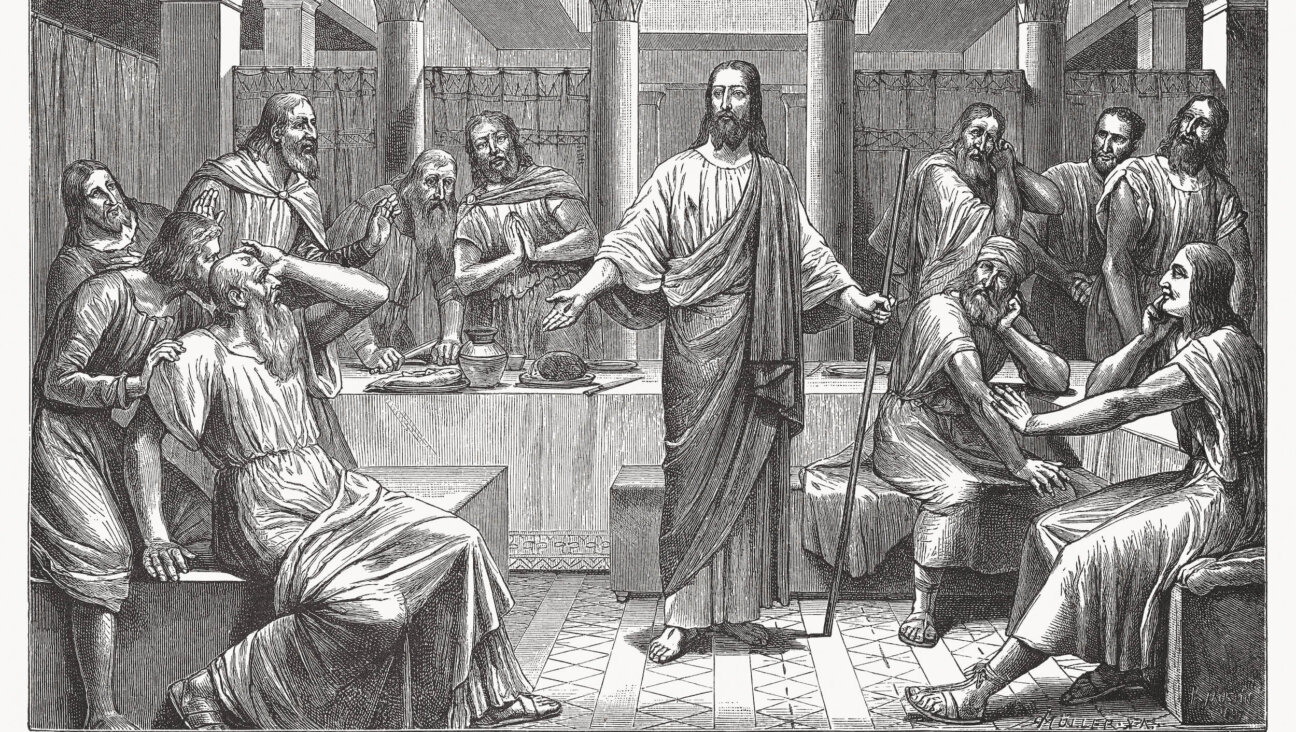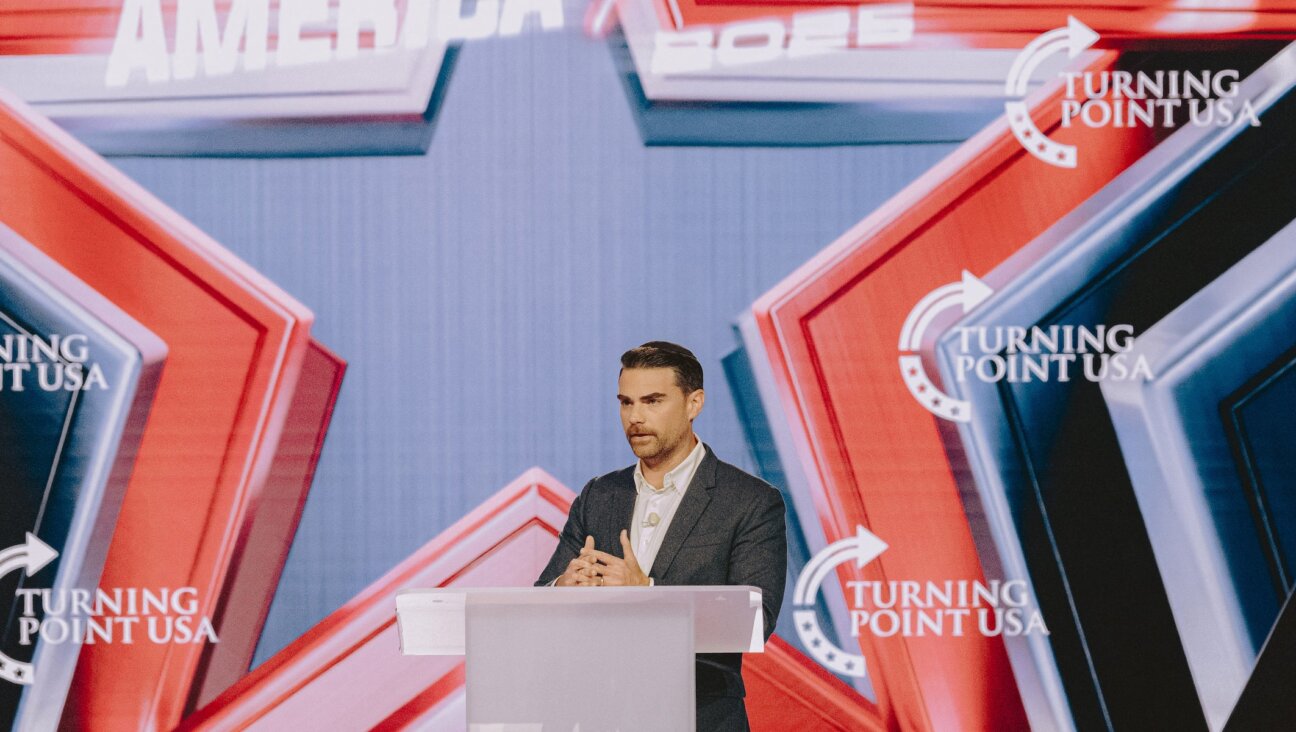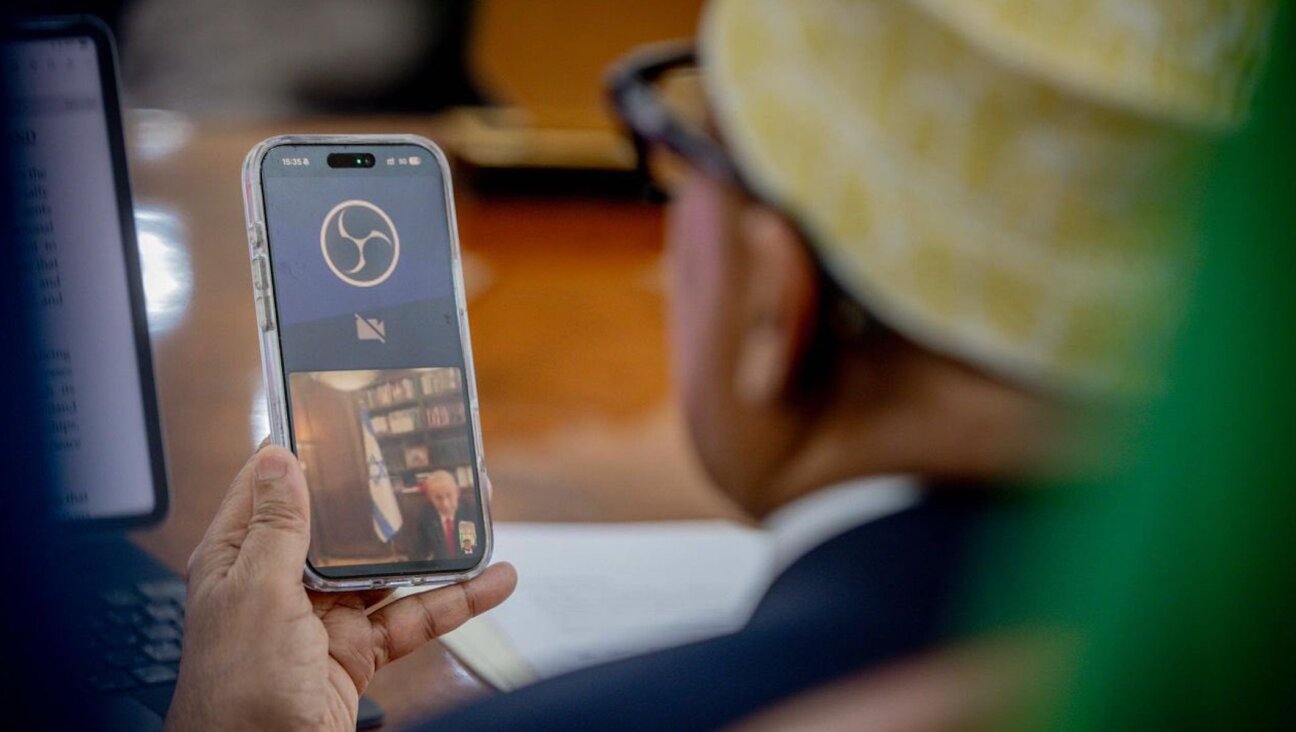Playing With Matches in Hebron
There are two ways to explain Prime Minister Benjamin Netanyahu’s announcement of plans to renovate two sacred shrines in the West Bank and add them to his new heritage trail of Israeli historical sites. One explanation is that he wants to buy some credit with settlers and the religious right in order to shore up his right flank, because he’s preparing to enter negotiations with the Palestinians that will entail serious concessions. The other is that he‘s not prepared to make serious concessions at all right now, and he figures he can buy some time by stirring up a bit of a rumpus.
Either way, he’s playing a dangerous game. The region is a tinderbox — a cliché, but truer now than ever. Constantly escalating threats have been flying back and forth for months between Israel and Hamas, Hezbollah and Syria, each side insisting it doesn’t want war but threatening hellfire if the other side shoots first. Lurking in the background is their patron, Iran. It’s an odd moment for Israel’s prime minister to be playing with matches.
On its face, the heritage plan is a fire hazard. One of the sites slated for a facelift is the Tomb of the Patriarchs in Hebron, a revered shrine in Islam as well as in Judaism. (The other is Rachel’s Tomb near Bethlehem.) The Tomb of the Patriarchs is currently shared by the two faiths in a precarious, heavily guarded condominium arrangement that periodically erupts. A remodeling job could be deadly. Nobody knows better than Netanyahu how quickly blood starts to flow when you create an Israeli tourist attraction near a Muslim holy site. He’s been through it before — notably when he opened a new exit to an ancient tunnel along the base of the Temple Mount for public use in 1996, sparking riots and igniting a shooting war with Palestinian Authority police that left 70 dead.
The stakes today make the 1996 tunnel riots look like child’s play. Just about everyone in Israel, from cabdrivers to intelligence officers, is predicting war by year’s end. It’s a war that none of the local parties wants, according to Israeli and Western intelligence agencies, but it will be inevitable if the players don’t find a way to back off.
The next war, if it comes, will be unlike anything Israel has known in the six decades since its independence war, Israeli security experts tell me. Hezbollah is capable of hitting metropolitan Tel Aviv, the densely populated heart of the Jewish state, with hundreds, perhaps thousands of sophisticated, long-range rockets. In the view of one well-connected Israeli journalist I spoke to, the country would be changed beyond recognition, not just physically but psychologically and politically.
The big question mark is what might trigger the war. Hezbollah has largely rebuilt the arsenal it lost in the Second Lebanon War of 2006. Experts believe, though, that it isn’t ready yet for a new round and isn’t eager to start one. Moreover, its new role as a partner in Beirut’s governing coalition raises the stakes for Lebanon, which dreads the pulverizing it will face in the next war.
But Hezbollah is not its own master. It opens fire when Iran tells it to. And Iran’s goal right now, Israel and the Western allies agree, is to preserve its freedom of action and slow the march toward sanctions. Hezbollah plays a key role in the Iranian game-plan, mainly as a sword dangling over Israel’s head. If and when Tehran decides that international pressure over its nuclear program has become intolerable, Hezbollah can be unleashed and Israel will pay the price.
The same goes for Hamas, although to a lesser degree. Hamas’s weaponry is trivial compared to Hezbollah’s. The sophisticated new systems smuggled into Gaza over the past year can probably inflict real damage on Beersheba and perhaps Ashkelon, a serious enough threat. With its likely ability to hit Tel Aviv, Hezbollah is the real threat. But Hamas is the likelier fuse for a regional conflagration.
Israel’s near-term goal, therefore, should be easing conditions in the territories and avoiding unnecessary confrontations. The idea is twofold: First, to deny Hamas an excuse for war. Second, to reduce Israeli-Palestinian tensions and strengthen the Palestinian Authority — which would, in turn, make it easier for neighboring states to line up with Israel and isolate Iran.
Perhaps Netanyahu’s addition of the two West Bank sites to the heritage trail is a shortsighted gambit to distract the right. Or maybe it’s just another chance to wave the flag and stick it to the Palestinians. Either way, this sort of provocative maneuver is the last thing Israel needs.
Contact J.J. Goldberg at [email protected] and follow his blog at blogs.forward.com/jj-goldberg

